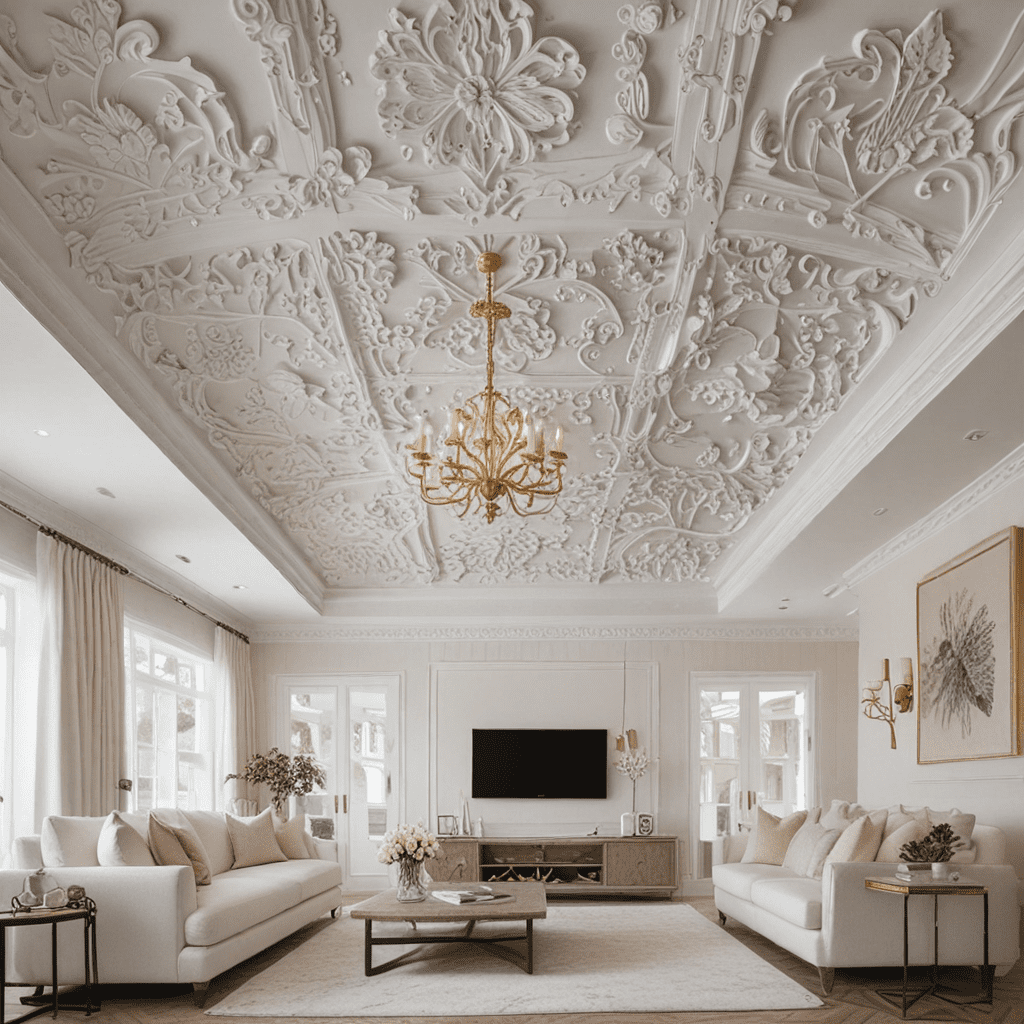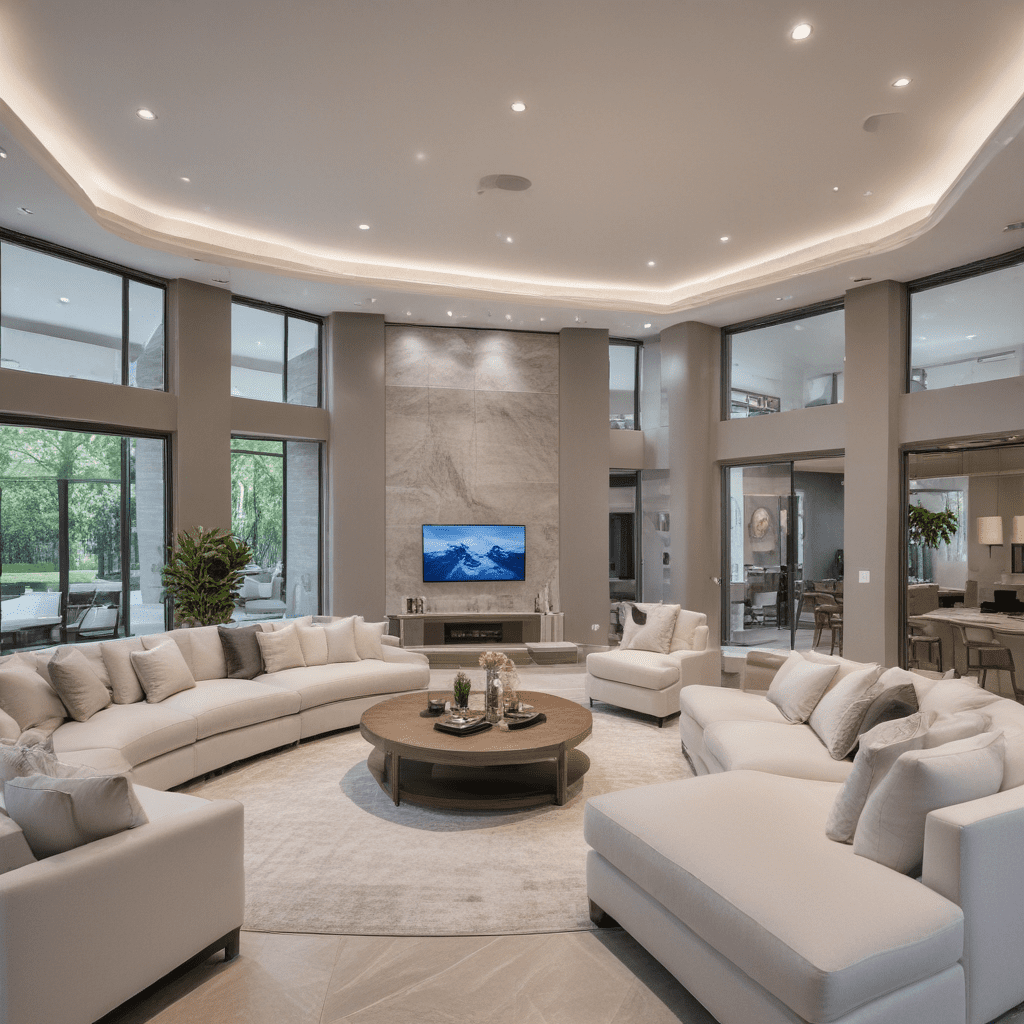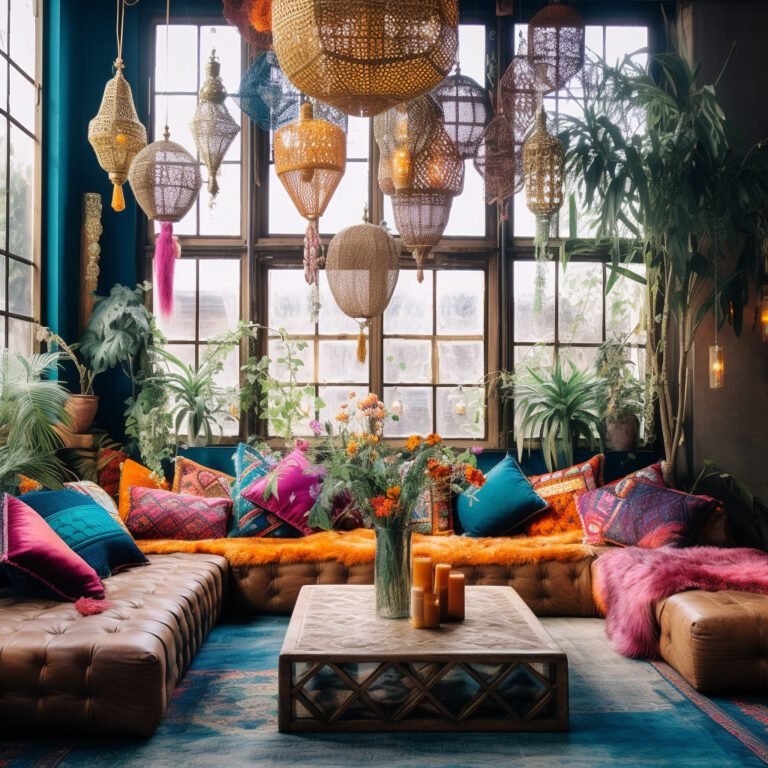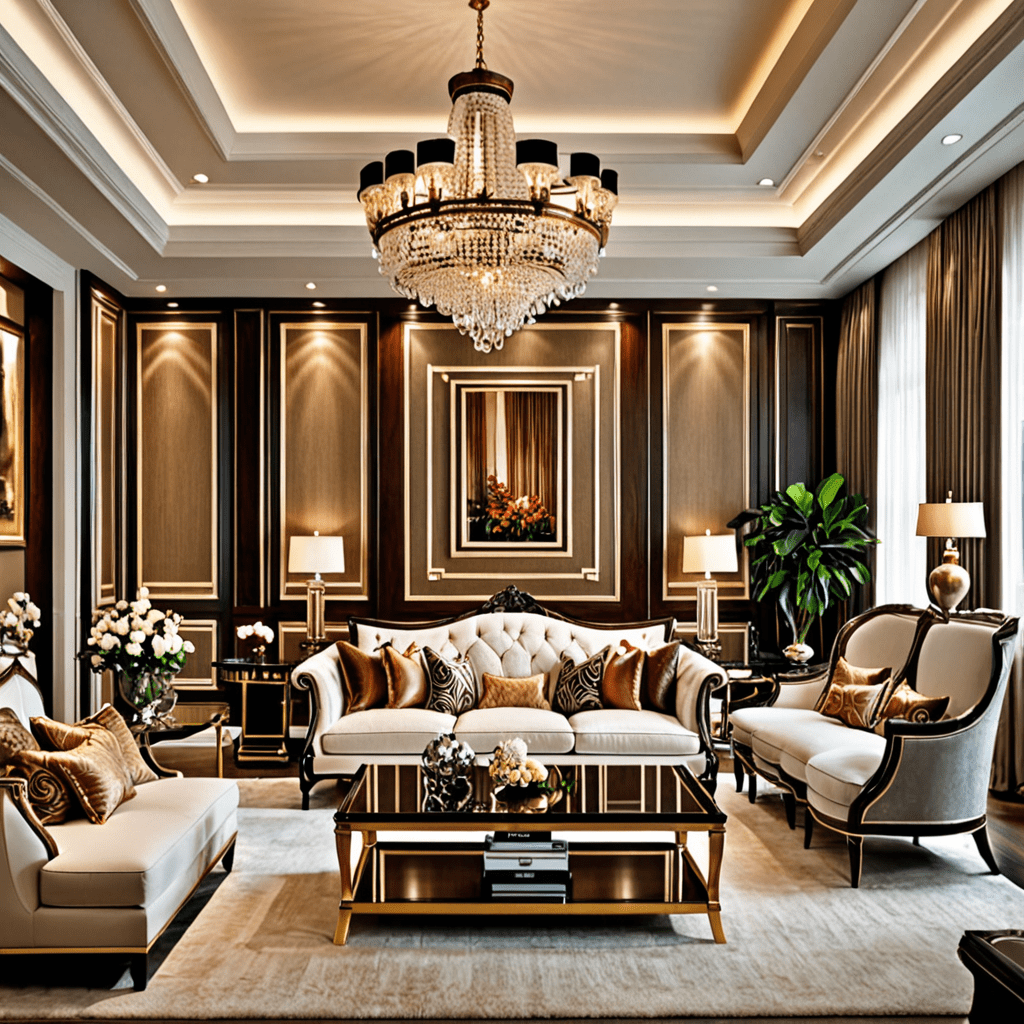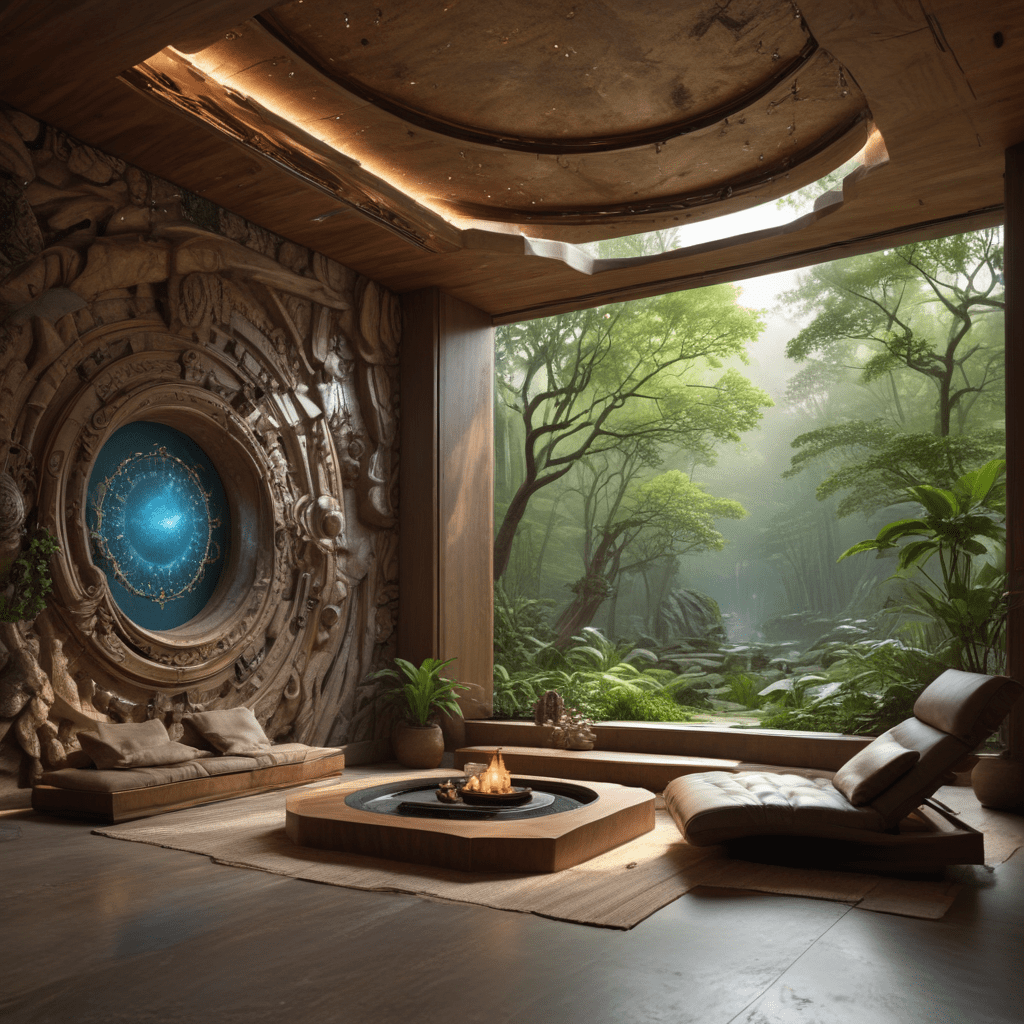„Embracing Contrast: Exploring the World of Opposition in Interior Design”


Embracing Contrast: Exploring the World of Opposition in Interior Design
In the world of interior design, the concept of opposition offers a unique and compelling approach to creating spaces that are dynamic, balanced, and visually engaging. By intentionally incorporating elements that contrast and oppose one another, such as light and dark, traditional and modern, or rough and smooth textures, designers can achieve striking and memorable interiors that captivate the senses. This article explores the principles of opposition in interior design, offering insights into how to effectively harness this approach to elevate the aesthetic appeal of any living space.
Understanding the Concept of Opposition in Interior Design
Opposition in interior design revolves around the deliberate use of contrasting elements to create visual interest and balance within a space. By juxtaposing opposites, such as color, texture, shape, style, or material, designers can achieve a harmonious coexistence that infuses the room with energy and depth. This approach allows for the creation of compelling focal points, the enhancement of spatial dynamics, and the overall enrichment of the visual experience within a given space.
Exploring the Role of Color Contrast
One of the most powerful tools in oppositional interior design is the strategic use of color contrast. By combining hues that sit opposite each other on the color wheel, such as vibrant red and soothing green, or bold yellow and calming purple, designers can create a dynamic interplay that enlivens the atmosphere of a room. Furthermore, the incorporation of light and dark shades can add depth and drama, while the use of complementary colors can lend a sense of harmony and balance to the overall design scheme.
Balancing Texture and Material Opposition
Incorporating varied textures and materials is another effective way to introduce opposition into interior design. Pairing rough, tactile surfaces with smooth, glossy finishes can create a tactile and visual tension that adds interest and complexity to the design. Similarly, blending natural materials like wood and stone with sleek, industrial metals can result in a compelling fusion of opposing elements that energize the space and reflect the diversity of the natural world.
Marrying Tradition and Modernity
Opposition in interior design also extends to the juxtaposition of traditional and modern elements. Integrating vintage or antique pieces into a contemporary setting can infuse the space with character and history, while the inclusion of modern accents in a classical environment can inject a breath of fresh air and a touch of innovation. This juxtaposition not only celebrates the rich tapestry of design history but also creates a stimulating interplay that captures the imagination.
Harmonizing Shape and Form
The use of opposing shapes and forms can also contribute to the dynamic quality of interior spaces. Pairing angular furniture with organic, curved accessories, or juxtaposing geometric patterns with fluid, free-form elements can create a visually stimulating contrast that adds a sense of movement and vitality to the design. The interplay of opposing shapes can draw the eye and invite exploration, enriching the overall visual experience of the space.
FAQ
Q: Is oppositional interior design suitable for every space?
A: Oppositional interior design can be applied to various spaces, but it is essential to consider the specific characteristics and needs of each environment. While some spaces may benefit from a bold and dynamic approach, others may require a more subtle integration of opposing elements to maintain a sense of harmony.
Q: Can oppositional interior design be applied to small spaces?
A: Yes, oppositional interior design can be effectively applied to small spaces to create visual interest and depth. When working with limited square footage, it’s important to carefully balance opposing elements to avoid overwhelming the space. The strategic use of color contrast, texture, and shape can contribute to the illusion of spaciousness and add visual intrigue to compact interiors.
Q: How can I incorporate oppositional design principles into my home?
A: To incorporate oppositional design principles into your home, consider experimenting with contrasting elements such as color, texture, material, shape, and style. Start by introducing small accents that offer an element of opposition, and gradually explore bolder combinations as you become more familiar with the concept. It’s important to strike a balance and ensure that the opposing elements harmonize with the overall aesthetic of your home.
Embracing opposition in interior design offers an innovative and captivating approach to creating visually arresting and harmonious living spaces. By skillfully incorporating contrasting elements, designers can elevate the aesthetic appeal of any interior, infusing it with energy, depth, and a sense of balance. Whether through the strategic use of color, texture, or the marriage of tradition and modernity, oppositional design principles provide a versatile toolkit for crafting dynamic and engaging environments.
